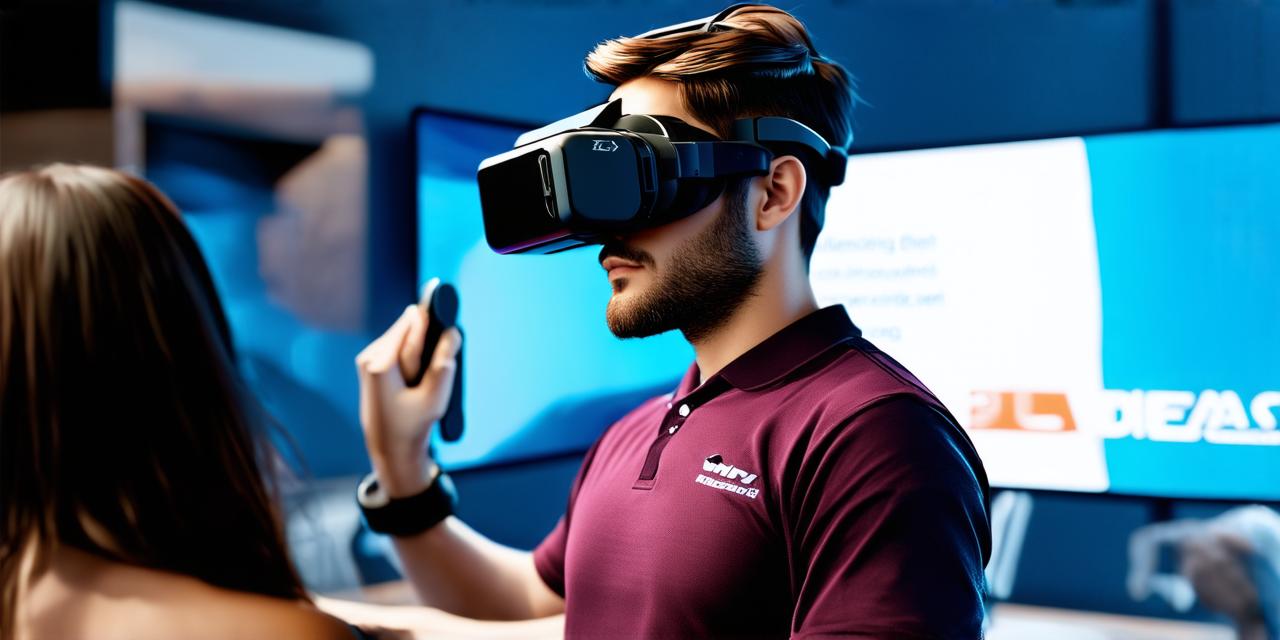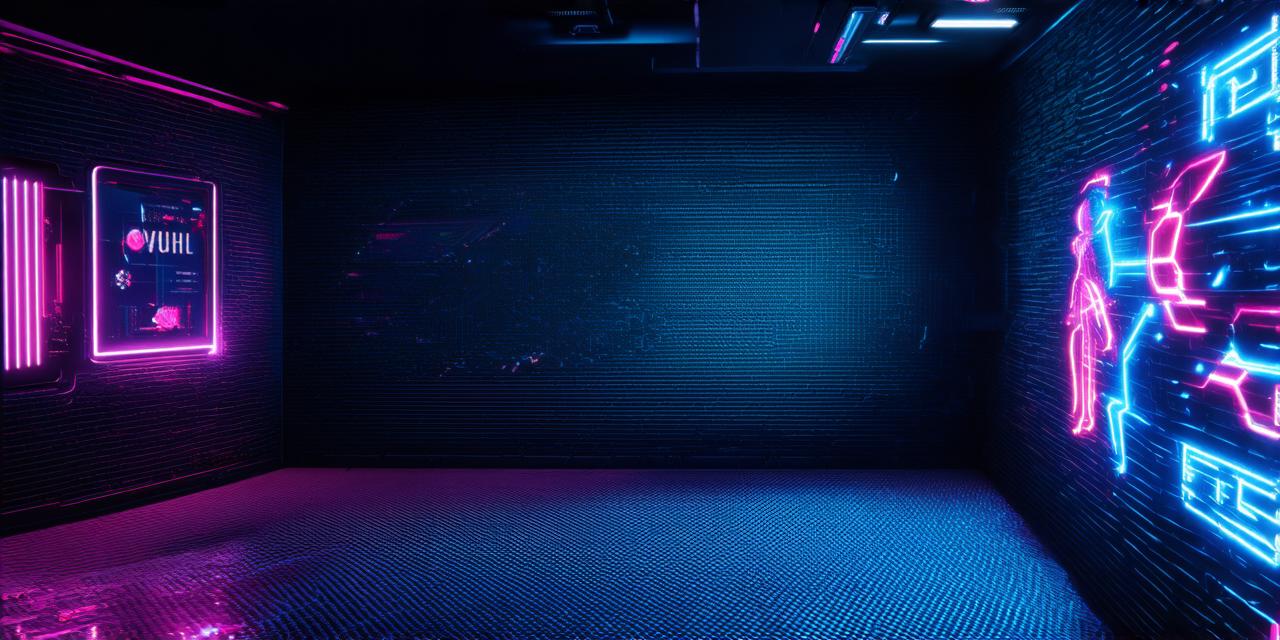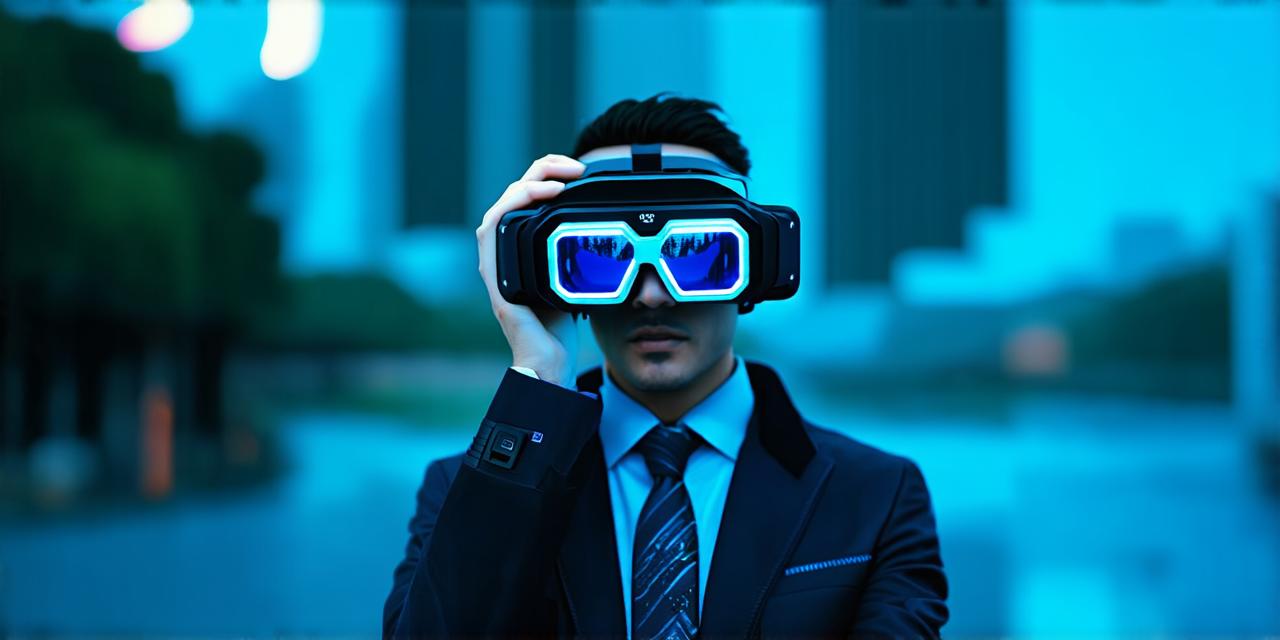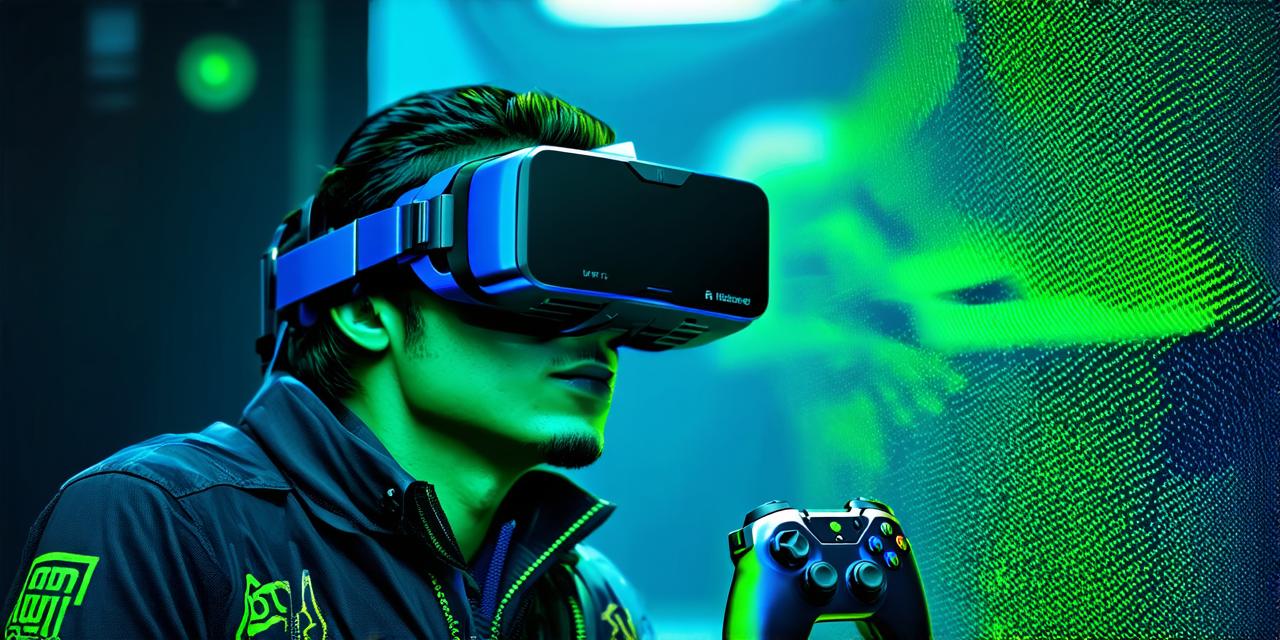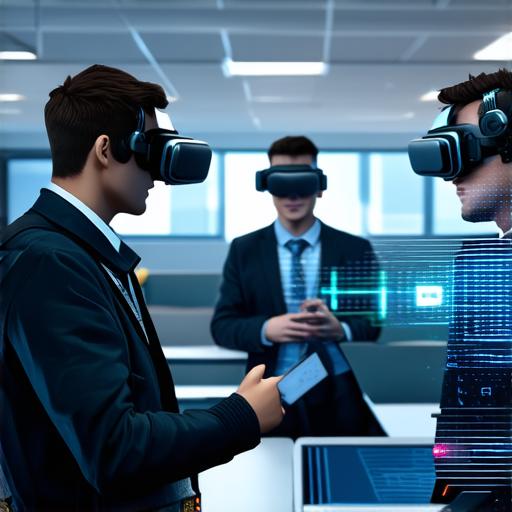
Virtual reality (VR) is a rapidly growing field in education, providing immersive and interactive learning environments that enhance students’ understanding of complex concepts.
In this article, we will explore five effective ways to implement VR technology in educational settings, including virtual field trips, virtual labs, immersive language learning, history and cultural learning, and enhanced collaboration.
Virtual field trips allow students to explore different parts of the world or historical sites without leaving their classrooms, making it accessible to those who cannot afford to travel. The use of VR technology at the University of Maryland allowed students to explore ancient Egypt and interact with virtual artifacts, providing a unique learning experience.
This type of immersive learning can also help students who may have anxiety or other issues related to travel, as they can experience new environments in a safe and controlled environment.
Virtual labs provide students with simulations of lab environments, allowing them to conduct experiments and make observations without risking injury or damaging equipment. For example, medical students at UCLA used VR technology to perform surgeries in a virtual environment, providing hands-on training without putting real patients at risk.
Virtual labs can also help students who may not have access to physical lab facilities, such as those living in remote areas or with limited resources.
Immersive language learning allows students to practice speaking and listening skills in immersive environments that mimic real-life situations. Duolingo uses VR technology to provide interactive lessons that simulate real-world scenarios such as ordering food at a restaurant or asking for directions on a busy street.
This type of learning can help students who may struggle with traditional language learning methods, such as reading and writing exercises.
History and cultural learning bring history and culture to life by allowing students to explore and interact with virtual representations of historical sites and cultures. Google Expeditions allows students to take virtual tours of museums, historical sites, and natural wonders around the world.
This type of learning can help students who may not have access to these experiences otherwise, such as those living in rural areas or with limited resources.
Enhanced collaboration allows students to work together on projects and assignments in virtual environments that simulate real-life scenarios such as designing a building or conducting a scientific experiment. Students at Stanford University used VR technology to collaborate on a project to design a space shuttle, promoting teamwork and problem-solving skills.
This type of learning can help students who may struggle with traditional collaboration methods, such as working in groups or discussing ideas in class.
Expert opinions suggest that VR has the potential to revolutionize education by providing students with immersive and interactive learning environments that engage their senses and enhance their understanding of complex concepts. Dr. Richard Edwards, Professor of Education at the University of British Columbia, agrees, stating that “VR technology can provide students with unique learning experiences that traditional classroom settings cannot offer.”
Real-life examples of successful implementation include Google Expeditions, which has been downloaded by over 70 million educators and students since its launch in 2015, providing virtual tours of museums, historical sites, and natural wonders around the world. The use of VR technology at the University of Cambridge allows students to practice speaking and listening skills in immersive environments that mimic real-life situations.
Some potential challenges when implementing VR in education include cost, lack of accessibility for students with disabilities, and the need for specialized equipment and software. It is important to carefully consider these challenges before implementing VR technology in a classroom setting. Cost may be an issue for schools with limited resources, but there are also open-source options available that can reduce costs. Lack of accessibility for students with disabilities must be addressed through careful consideration of accessibility features and accommodations. Specialized equipment and software may require additional training for teachers and support staff.
In conclusion, virtual reality has the potential to transform education by providing immersive and interactive learning environments that engage students’ senses and enhance their understanding of complex concepts. By implementing VR technology in educational settings, schools can provide students with unique learning experiences that promote collaboration, critical thinking, and problem-solving skills. As technology continues to evolve, we can expect to see more innovative ways to use VR in education in the future.
